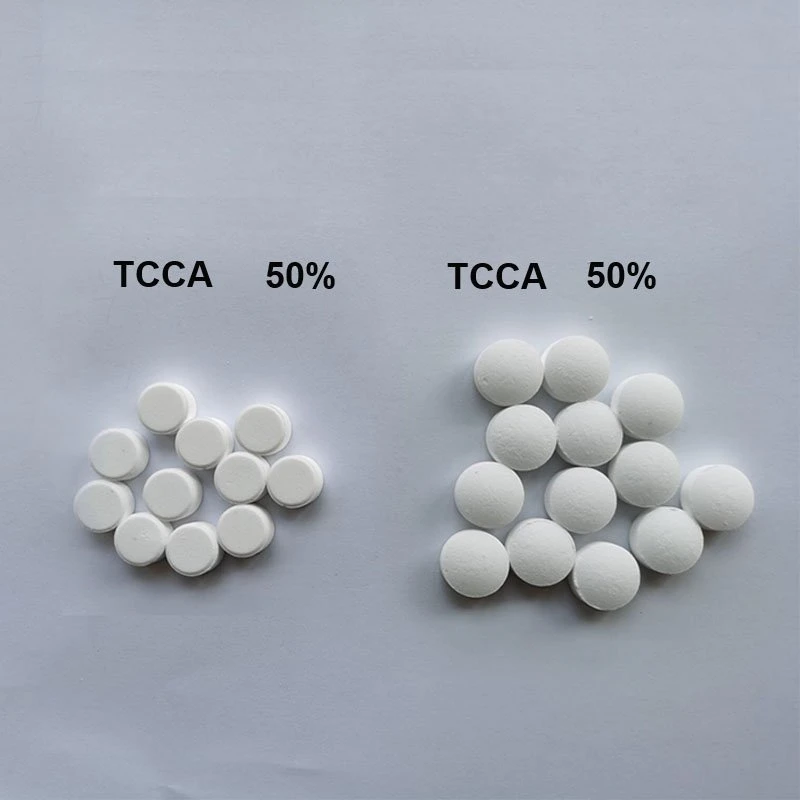



what are the chemicals used in etp
Understanding the Chemicals Used in Effluent Treatment Plants (ETPs)
Effluent Treatment Plants (ETPs) play a crucial role in reducing pollution and ensuring that wastewater is treated before it is released into the environment. In industrial contexts, ETPs are specifically designed to handle effluents generated from various industrial processes, including textiles, chemicals, pharmaceuticals, and food processing. A critical aspect of the efficiency of ETPs lies in the chemicals employed during the treatment process. Understanding these chemicals, their functions, and their environmental impacts is essential for effective wastewater management.
1. Coagulants and Flocculants
Coagulants are often the first step in the treatment process, used to aggregate suspended particles into larger clusters, or flocs, which can then be removed from the liquid. Commonly used coagulants include aluminum sulfate (alum), ferric chloride, and polyaluminum chloride. These chemicals are effective in neutralizing the negative charges on the particles, allowing them to clump together and settle more easily.
Flocculants, on the other hand, are used to enhance the aggregation process. They help in forming a larger and more stable floc. Polyacrylamide is one of the most widely used synthetic flocculants, known for its effectiveness in improving the sedimentation and filtering of the mixed sludge in ETPs. The combination of coagulants and flocculants is essential for achieving a high rate of solid-liquid separation.
2. pH Adjusters
Maintaining the appropriate pH level is crucial in wastewater treatment, as it affects the solubility and activity of various chemicals. Acids like sulfuric acid or hydrochloric acid are commonly used to lower pH, while sodium hydroxide or lime can be used to raise pH levels. Targeting an optimal pH range (often between 6 to 9) ensures that subsequent treatment processes, such as coagulation and biological breakdown, are efficient.
In many industrial processes, effluents may contain pathogenic microorganisms. To ensure that the treated effluent meets safety standards for discharge, biocides and disinfectants are utilized. Common examples include chlorine, chloramine, and ozone. Chlorination is a widely adopted method for disinfection, but it comes with the potential drawback of forming harmful by-products such as trihalomethanes. Ozone treatment is gaining popularity due to its effectiveness and the fact that it does not leave harmful residuals.
what are the chemicals used in etp

4. Nutrients
In biological treatment processes, the addition of nutrients such as nitrogen and phosphorus is essential for promoting the growth of microorganisms that degrade organic matter. Ammonium sulfate and urea are often employed as nitrogen sources, while phosphates are added to support microbial processes. Balancing these nutrients is vital, as both deficiencies and excesses can hinder the efficiency of biological treatment.
5. Surfactants and Detergents
Many industrial effluents contain surfactants and detergents, particularly in the textile and food industries. These compounds can complicate the treatment process because of their ability to stabilize emulsions and foams. Surfactants like sodium dodecyl sulfate (SDS) can hinder the sedimentation of solids, requiring additional treatment steps or specific chemical additives to facilitate their removal.
6. Advanced Oxidation Processes (AOP)
For treating particularly resistant pollutants, Advanced Oxidation Processes (AOPs) are employed. These involve the use of strong oxidizing agents such as hydrogen peroxide, ozone, or UV light combined with hydrogen peroxide to generate hydroxyl radicals. AOPs are effective in breaking down complex organic compounds that traditional treatment methods may struggle to eliminate.
Conclusion
The chemicals used in Effluent Treatment Plants are integral to achieving effective wastewater management. From coagulants and pH adjusters to biocides and nutrient sources, each chemical serves a distinct purpose in the treatment process. Understanding the functions and interactions of these chemicals is essential for optimizing ETP performance, lowering environmental impact, and ensuring compliance with regulatory standards. As technologies evolve, the continued exploration of new chemicals and methods will be vital for improving wastewater treatment efficiency and sustainability.
-
Why Sodium Persulfate Is Everywhere NowNewsJul.07,2025
-
Why Polyacrylamide Is in High DemandNewsJul.07,2025
-
Understanding Paint Chemicals and Their ApplicationsNewsJul.07,2025
-
Smart Use Of Mining ChemicalsNewsJul.07,2025
-
Practical Uses of Potassium MonopersulfateNewsJul.07,2025
-
Agrochemicals In Real FarmingNewsJul.07,2025
-
Sodium Chlorite Hot UsesNewsJul.01,2025










